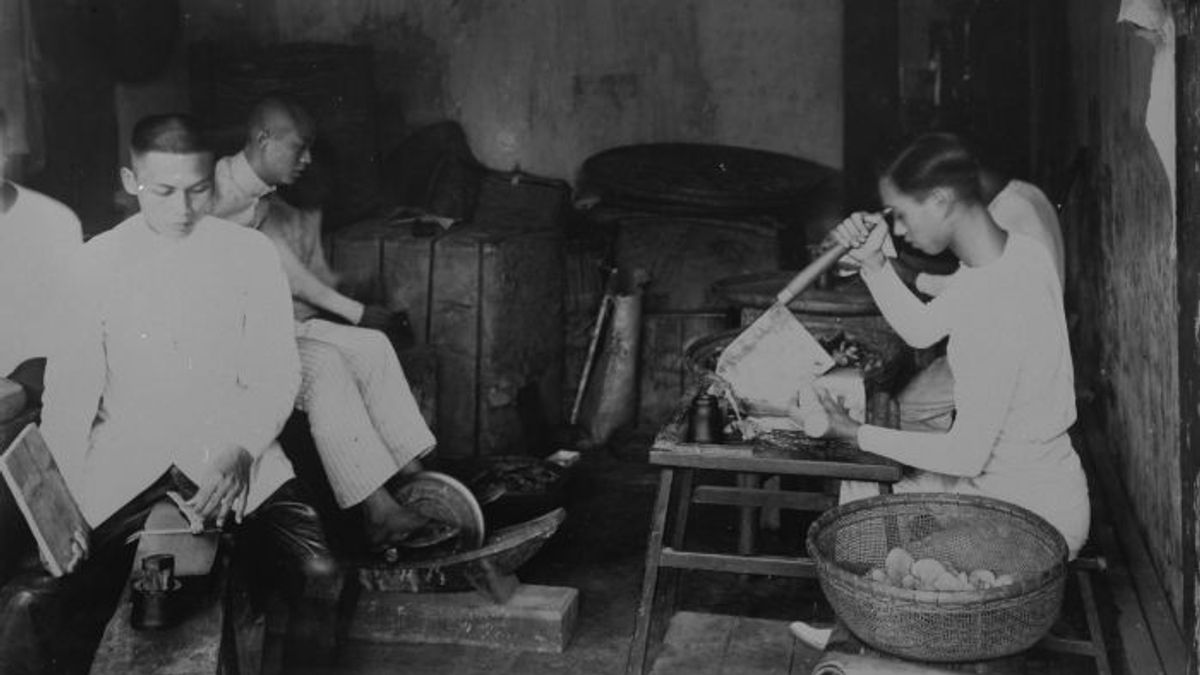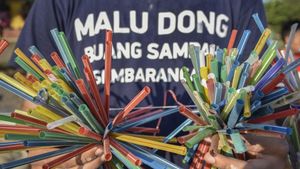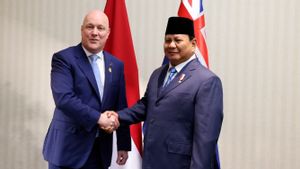Relations between the ethnic Dutch and Chinese have not always been harmonious. The two often clashed in the archipelago. The first tension occurred in 1740. What started as a Chinese rebellion, turned into a mass massacre of the Chinese in Batavia. The wound was painstakingly patched by the Company. However, the colonial government was acting up. Chinese people are prohibited from celebrating the Chinese Revolution during the Lunar New Year. Therefore, bloody riots occurred in Batavia and Surabaya in 1912.
The role of ethnic Chinese in the growth and development of the city of Jakarta is very large. Since the Dutch era, workers from China have played a role in driving the economy. Every joint of the economy in Batavia was held by the Chinese. From carpenters to businessmen.
The VOC Governor General who served twice (1619-1623 and 1627-1629) Jan Pieterszoon Coen was behind this. Coen saw the Chinese people as human beings with high tenacity and hard work. This trait can make the Netherlands big profits, Coen thought. He then opened wide the doors of Batavia to the Chinese.
The Chinese in Batavia also had special privileges: tax breaks, protection, and important citizen status. Coen will not tolerate Europeans who treat Chinese people arbitrarily.
Hurting Chinese people is like taking one's life to the grave. Because, without the Chinese, the triumph of the Dutch trading airline VOC in the country is only a myth. Coen even went so far as to say that no ethnic group could serve the VOC as well as the Chinese. That is, there was nothing that the Chinese could not do for the benefit of the VOC.

“Chinese citizens who worked during the reign of the first governor-general – based in Batavia – have no complaints. This shows that Coen really appreciates its citizens. He never tolerated British or Dutch people who treated Chinese people unfairly. Coen also doesn't view them as objects of excessive taxation."
“When he wants to impose an excise duty on imports and exports, he will consult Souw Beng Kong and Jan Congh the 'chief of the Chinese community.' Their opinions are always ready to be accepted. The Chinese people value him as an administrator who is very obedient but fair and willing to represent their interests,” said Johannes Theodorus Vermeulen in his book Chinese di Batavia and Huru-Hara 1740 (1938).
Pacinan commotion
The intimacy between the Dutch and the Chinese lasted for a long time. But that doesn't mean there's never a fight. The two of them had been in a big problem, the ethnic Chinese had burned with anger at the VOC. The hatred was due to the emergence of rumors that the Chinese were drowned in the middle of the ocean on their way to South Africa.
Ethnic China chose to perpetuate the extraordinary rebellion. The rebellion was carried out with improvised weapons. The Dutch responded to the rebellion as a form of betrayal of the Company. Counterattack was carried out. Within a day, the ethnic Chinese rebellion turned into a mass massacre of Chinese people in Batavia. No less than 10 thousand Chinese people died. The bloody tragedy was then widely known as Geger Pacinan or Angke Tragedy.

“According to contemporary reports, 10,000 Chinese people, including prisoners and hospital patients have been killed, 500 people seriously injured, 700 houses damaged and their belongings robbed. In short, all Chinese, whether guilty or not, were massacred in this incident," wrote an important figure in the writing of Jakarta's history, Alwi Shahab in the book Robin Hood Betawi: The Betawi Story Tempo Doeloe (2001).
Bloody Lunar
After the Chinatown commotion, the absence of Chinese people for the Dutch economy, especially in Batavia, did not run smoothly in the next few years. The influence of the Chinese, which is difficult to replace, is the estuary. The Dutch also promoted a variety of tactics to bring back the ethnic Chinese to cooperate. The Dutch also tried to restore the privileges of the Chinese. The goal is to be able to make the relationship between the two intimate again.
Harmonious relationship was finally re-established. Even the Chinese people's trust in the VOC, then changed to the Dutch East Indies colonial government, increased. Ethnic China has once again reincarnated as the driving force of the economy in the colony. However, misfortune cannot be denied. Relations between the two were strained again when the imperial Manchu dynasty collapsed in the Chinese Revolution of 1912.
The euphoria of the revolution was felt by most of the Chinese in the archipelago. In Batavia, this prideful atmosphere was to be celebrated in conjunction with the Chinese New Year (Imlek) on 17-18 February 1912. It is said that this was to influence the natives in seizing independence from the Dutch. The national flag of the Republic of China will be flown all over the streets of Batavia as a prayer.
This action also attracted the attention of the Dutch. The colonial government was well aware that the great influence of the Chinese revolutionary ideology could spread across the archipelago. All of this because previously in the Indies foreign ideologies such as Pan-Islamism had spread and made it difficult for the Dutch.
The ideology brought by most of the bumiputra scholars from studying in the Middle East has been able to bring about rebellion. As an effort, the Netherlands tried to ban the Republic of China flag from being flown during Chinese New Year. Even the Chinese ignored the ban. Because of this, bloody riots broke out in Batavia. The targets were not only the Dutch, but also the Chinese who were the stooges of the Dutch.
“Ten Hakka/Macao people forcefully raised the flag in front of the Hwe Koan Chinese Building. When prohibited, they broke the building's windows and lanterns. Worried that things could get out of control, the Chinese major immediately contacted the governor general in Buitenzorg (Bogor) to confirm the ban."
“And the reply signed by the secretary of the government, confirmed that the permit for the raising of the flag would not be issued. This is because the government of the Kingdom of the Netherlands has not recognized the Republic of China. The answer was immediately translated into Chinese and Malay, then distributed at the residences of the Chinese in Batavia. This prohibition was then complied with and the situation returned to normal,” explained Benny G. Setiono in the Chinese book in Political Circle (2008).











